Bridal Bouqet Styles
Chances are, you'll purchase more flowers for your wedding than for any other occasion in your life.
Among other factors, the choice of your wedding bouquet depends a great deal on the style of your gown. Season is another important consideration. Like many brides, you may decide to chose your bouquet based upon the time of year. Bouquets come in these principal types:
Cascade: The cascade is the most traditional and formal style of bridal bouquet. It's a waterfall-like "spill" of blooms and greenery which is anchored in a hand-held base. As the name implies, it resembles a cascade or waterfall with the flowers flowing downward. Traditional wedding flowers used in the cascade bouquet are white and include roses, stephanotis, white or calla lilies, and mingled with greenery. The bouquet has the appearance of being loose and free flowing.
Classic Hand-Tied Bouquet: This choice is a dense bunch of blooms either anchored in a bouquet holder, wired, or hand-tied. This option gives the illusion of a "just picked" bouquet of spring flowers. This has been the most popular choice among brides for the last several years and will continue to be a classic.
Nosegay: This is actually a general term for any small, round cluster of flowers, all cut to a uniform length. They were all the rage in Victorian times and are popular once again. Usually made with one dominant flower or color, nosegays are wrapped tightly with ribbon or lace for a delicate effect. This type of bouquet usually contains very little greenery. Or, for an all-out Victorian look, insert the nosegay into a silver carrying cone (also known by the unusual name: tussy mussy).
Pomander: This style is a bloom-covered ball suspended from a ribbon, perfect for child attendants. (Flower girls may of course carry a basket of petals instead.)
Composite: Less well-known, this option is a handmade creation in which different petals or buds are wired together on a single stem, creating the illusion of one giant flower.
Beidermeier: This is a nosegay made up of concentric circles of different flowers for a somewhat striped effect.
Arm Bouquet: As the name implies, this is an elegant crescent shape, designed to be cradled in one arm.
Here's some additional bouquet suggestions and ideas.
Don't let your bouquet overwhelm you. A beautiful gown will be over-shadowed by a large, cascading bouquet. If you're petite, the weight of a large bouquet could become a problem during the ceremony. Consider your gown and your stature before making selections.
Local, in-season flowers will guarantee freshness and lower cost, so choose a couple of seasonal staples (orange blossoms, lavender, or tulips, for example) and use them as a base for bouquets, boutonnieres, and decorative arrangements. For continuity, incorporate them into huppahs, arches, or pew adornments, as well.
Select flowers which will hold up for the entire day. Particularly if you are taking pictures before the ceremony or outside, you want to make sure that you select flowers that will still look gorgeous when you walk down the aisle. Hydrangeas are beautiful but do not hold up well out of water for more than a few hours. When you are not using your bouquet for photos, be sure to place them in a vase with an inch of water. This perks the flowers right up! Another option is to use a bouquet holder, which will keep your flowers hydrated with water for most of the day.
Flowers in matching shades or cool contrasts are stunning, but make sure they suit your wedding. Bring a bridesmaid dress fabric swatch when you meet with your floral designer (to show your wedding colors), and provide a wedding dress photo to give the designer a sense of your personal taste.
Florists who specialize in weddings may do more than just blossoms; they also conceive and execute the design for your reception, from flowers to linens, candles, decorative trees, lights and more. Whether you go with one of these full-service designers or a standard florist who'll provide bouquets, centerpieces and the like, you should start looking for a professional at least several months before the wedding, or earlier.
Consider silk flowers. Although not as traditional as real flowers, they are becoming more popular. Today, there are many realistic looking silks to be found. Craft stores sell a wide variety of silks, and you don't have to worry about whether or not your choice is in season. In general, silks are a less expensive alternative to real flowers. You also save money on preservation after the wedding.
Elaborate arrangements mean more of your budget is going for labor rather than for the flowers themselves. If you stick with simpler displays, your money will go further.
Happy planning!
